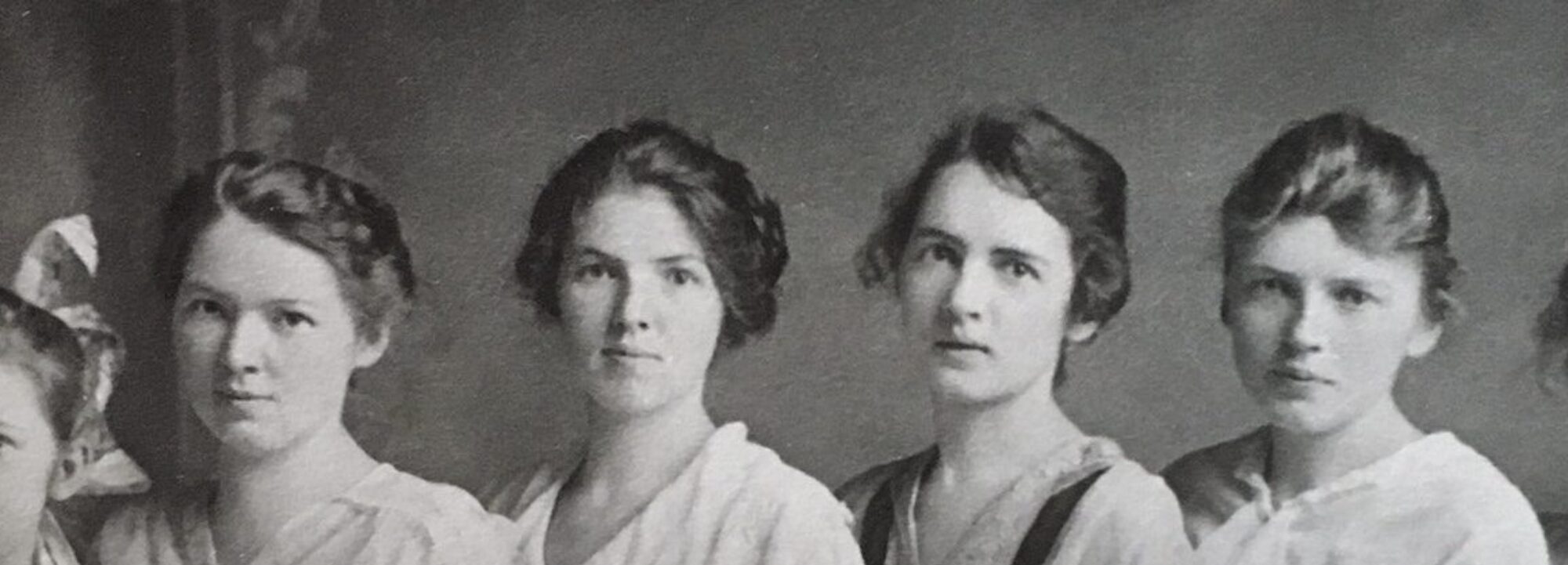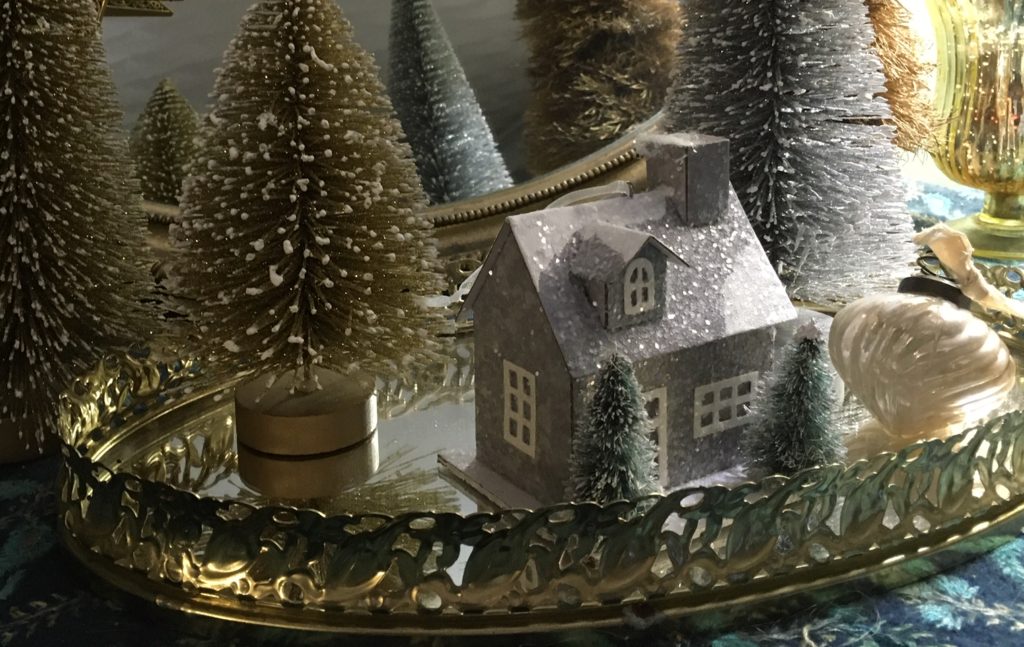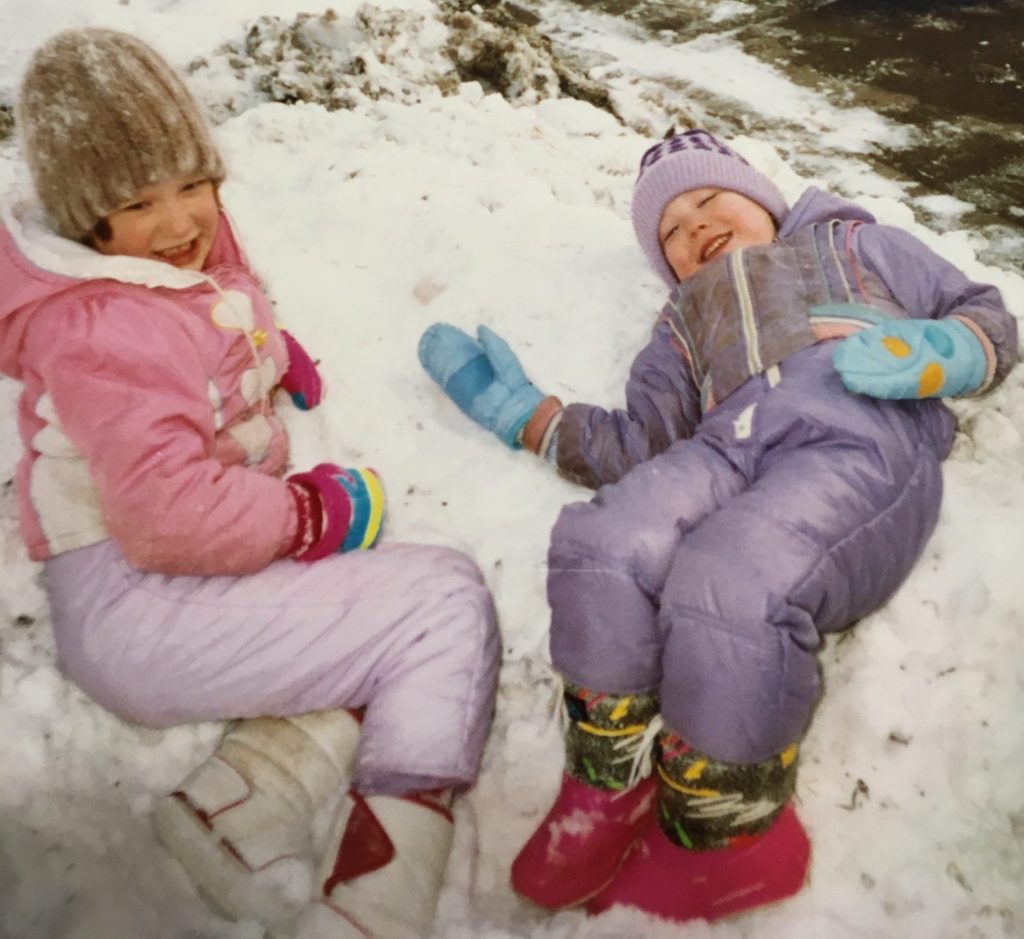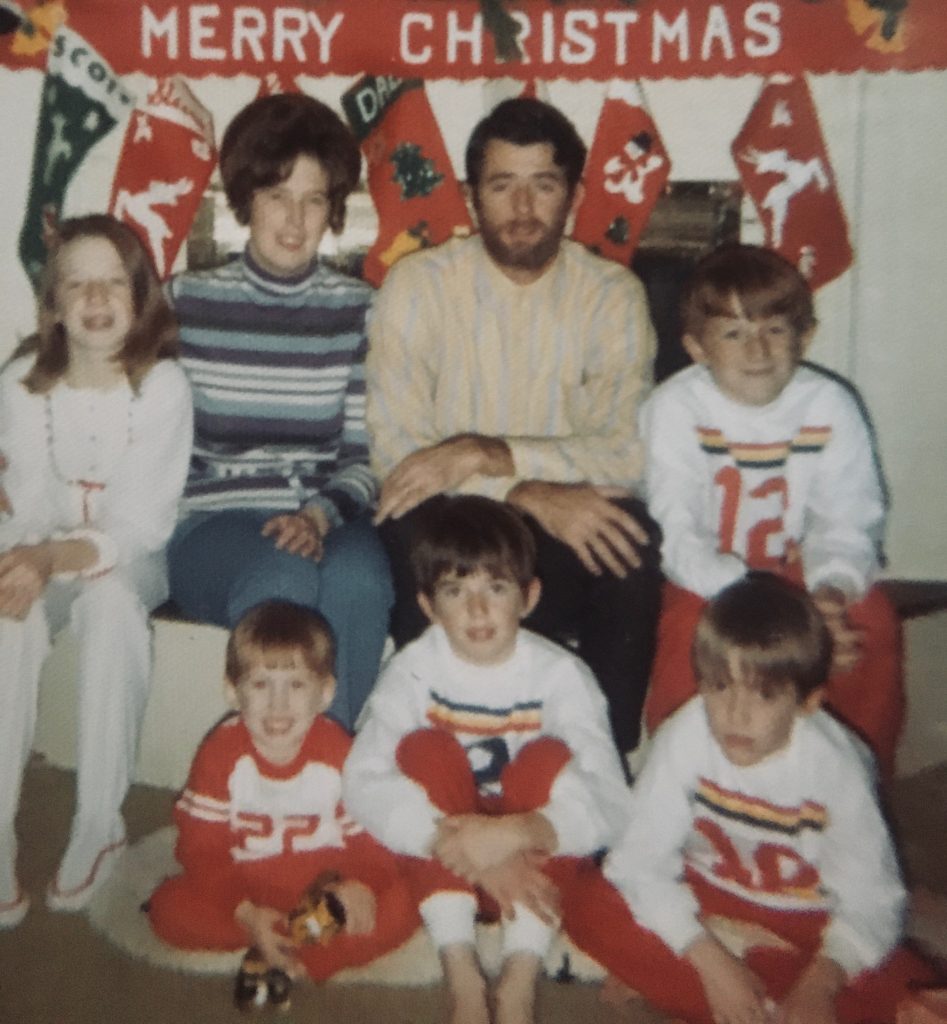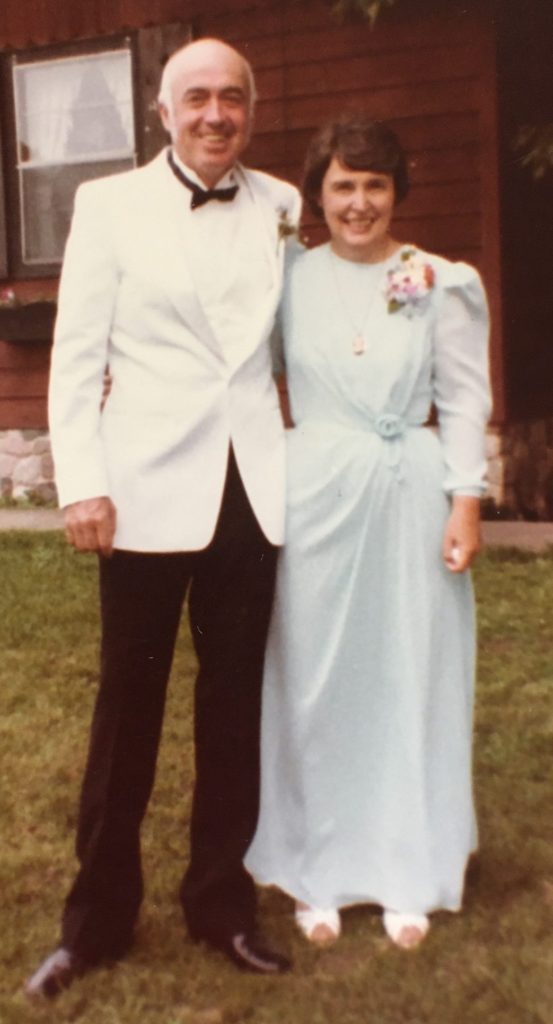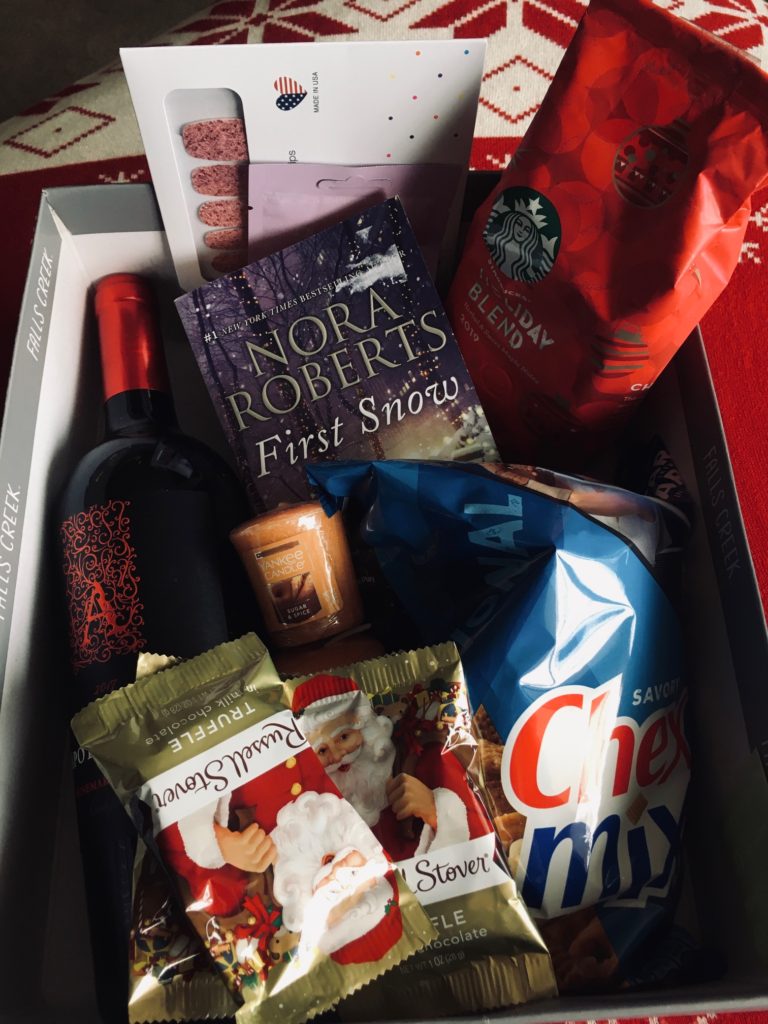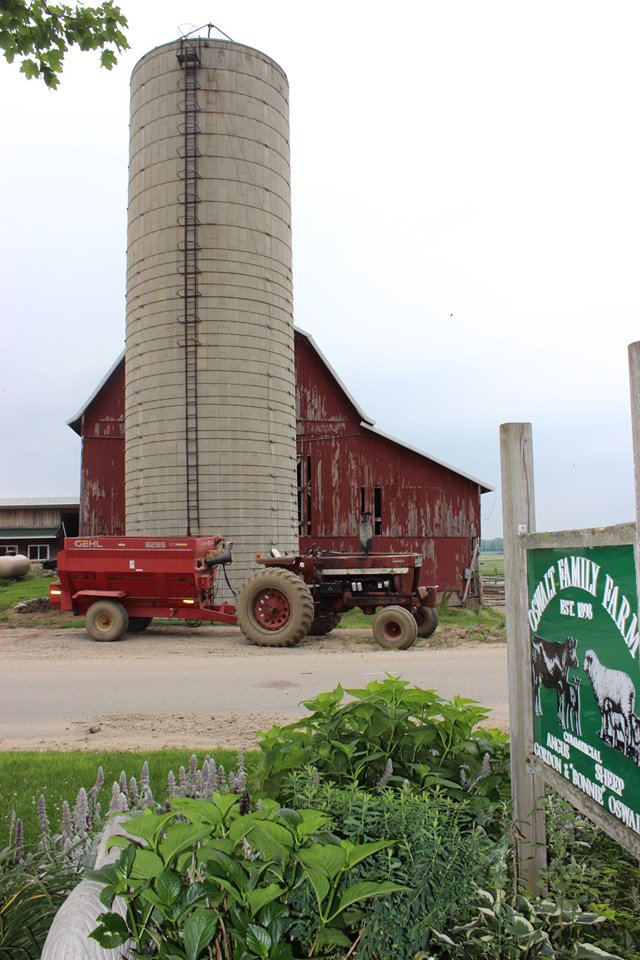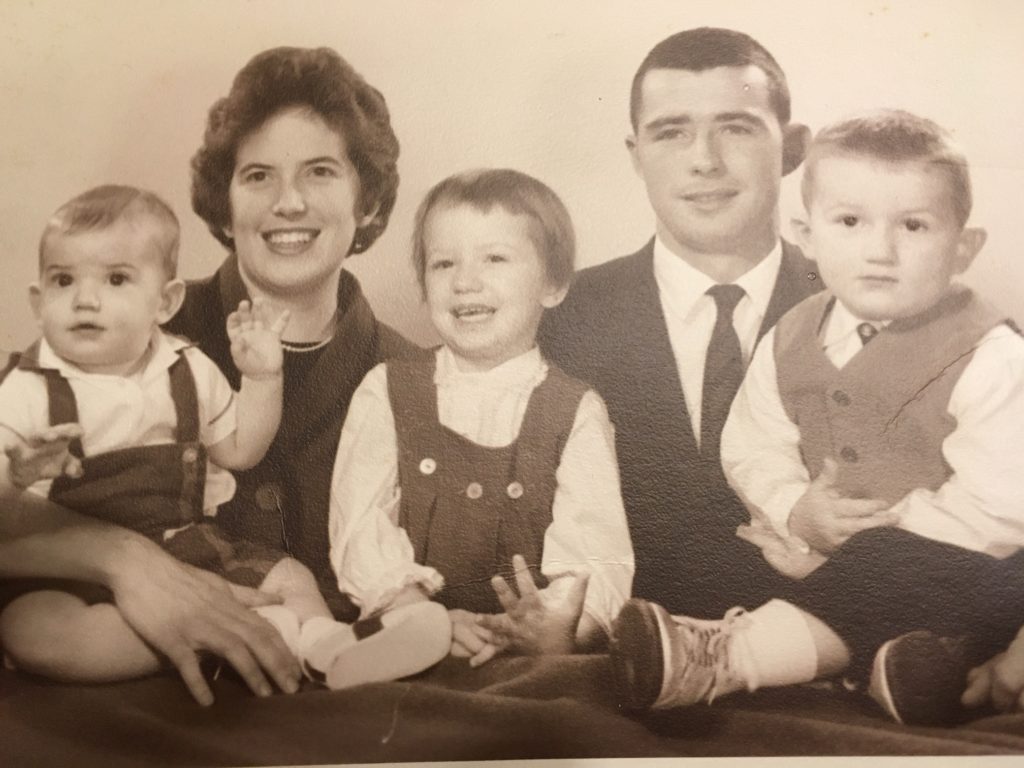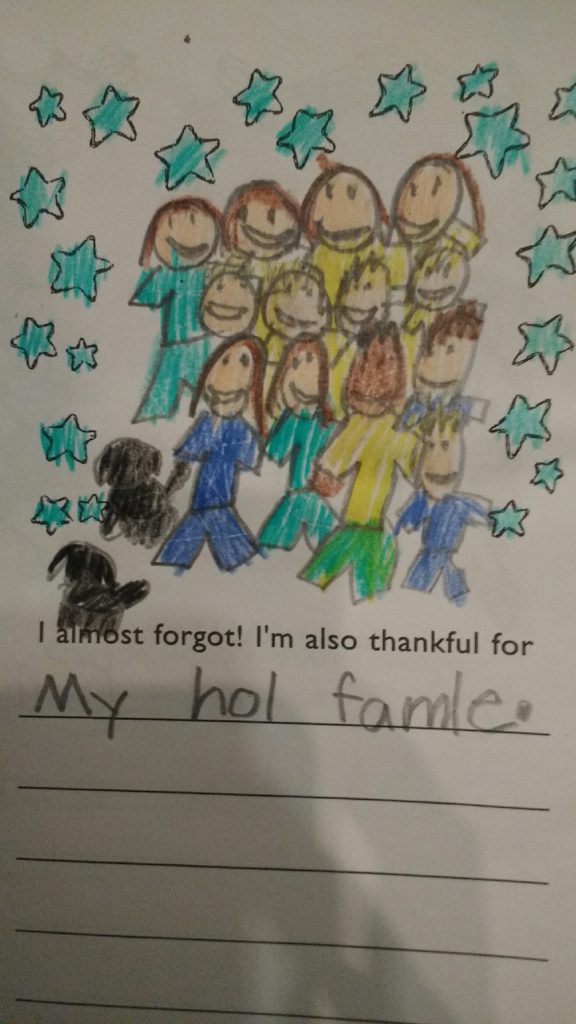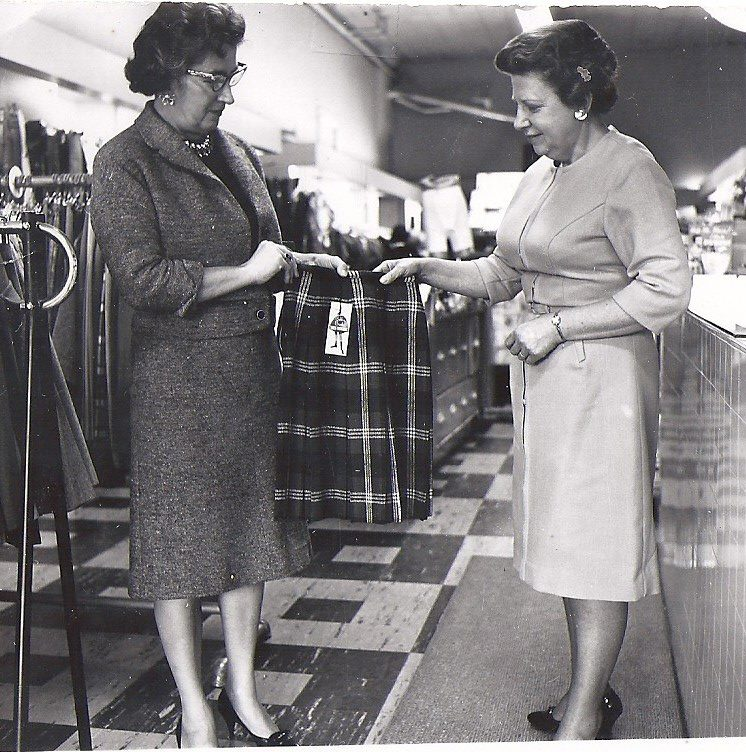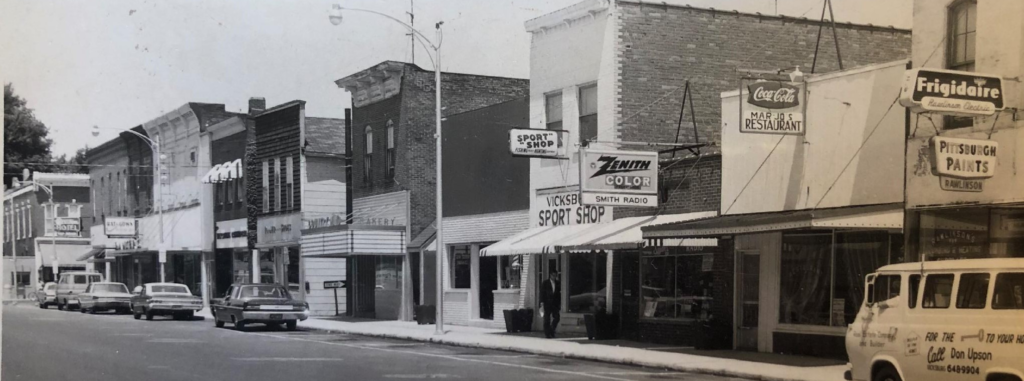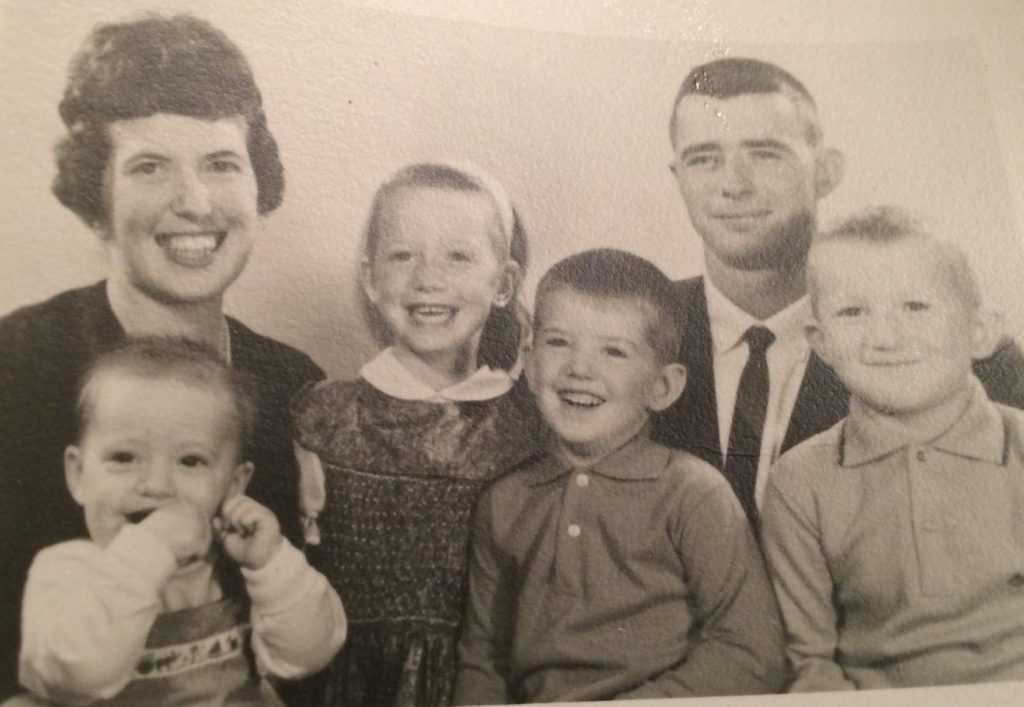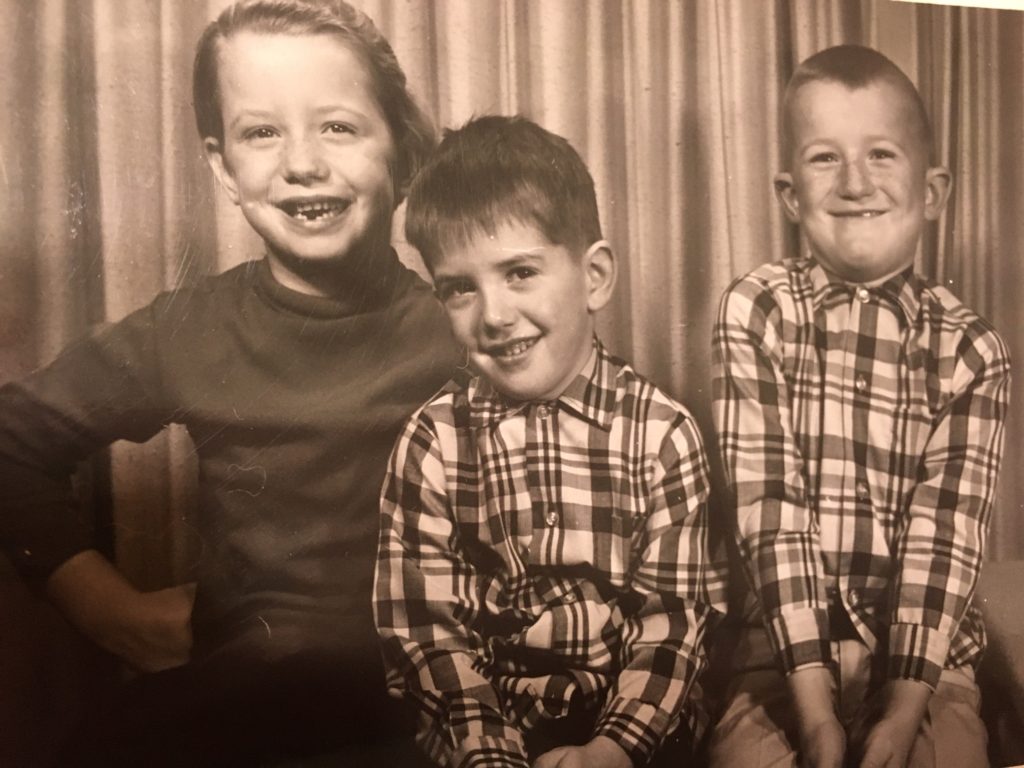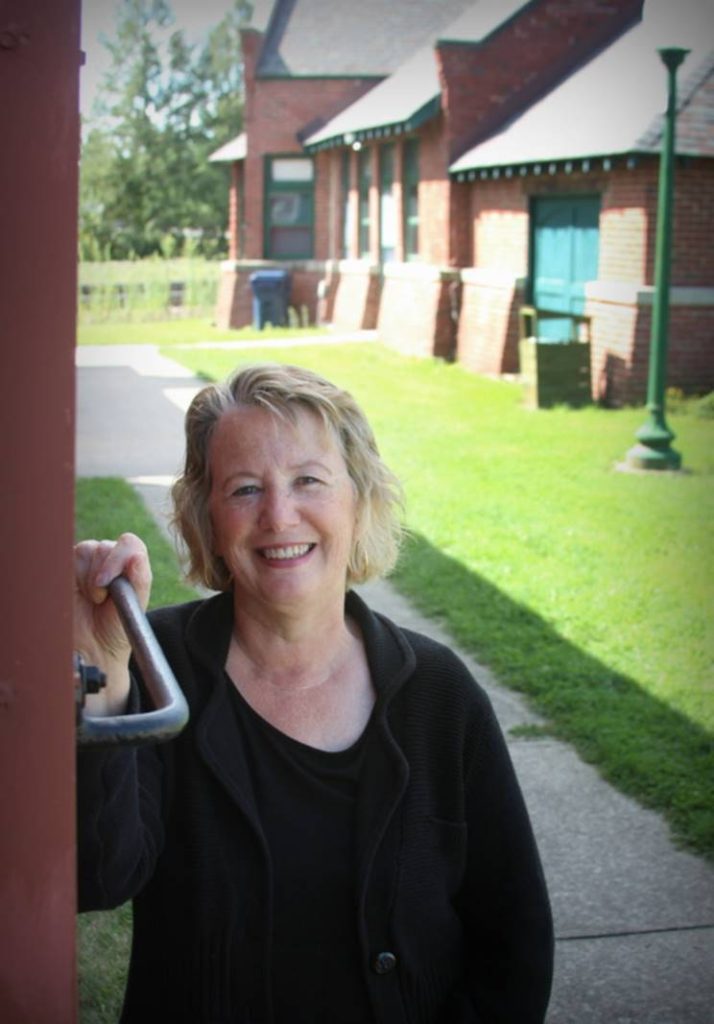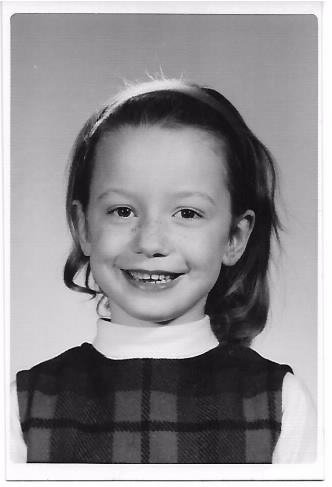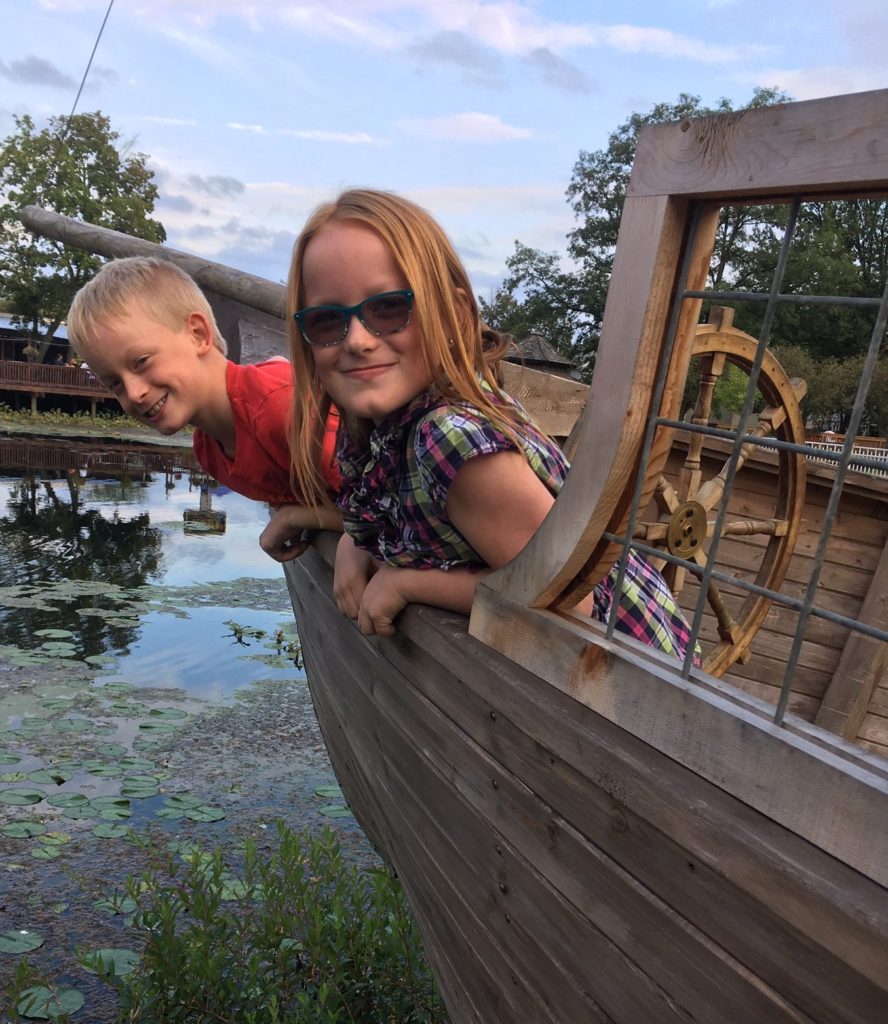I can’t see pink, red, and white construction paper and doilies without remembering my time at Fulton Elementary School and how we (and young children everywhere) prepared for the annual Valentine’s Day celebrations during those years.
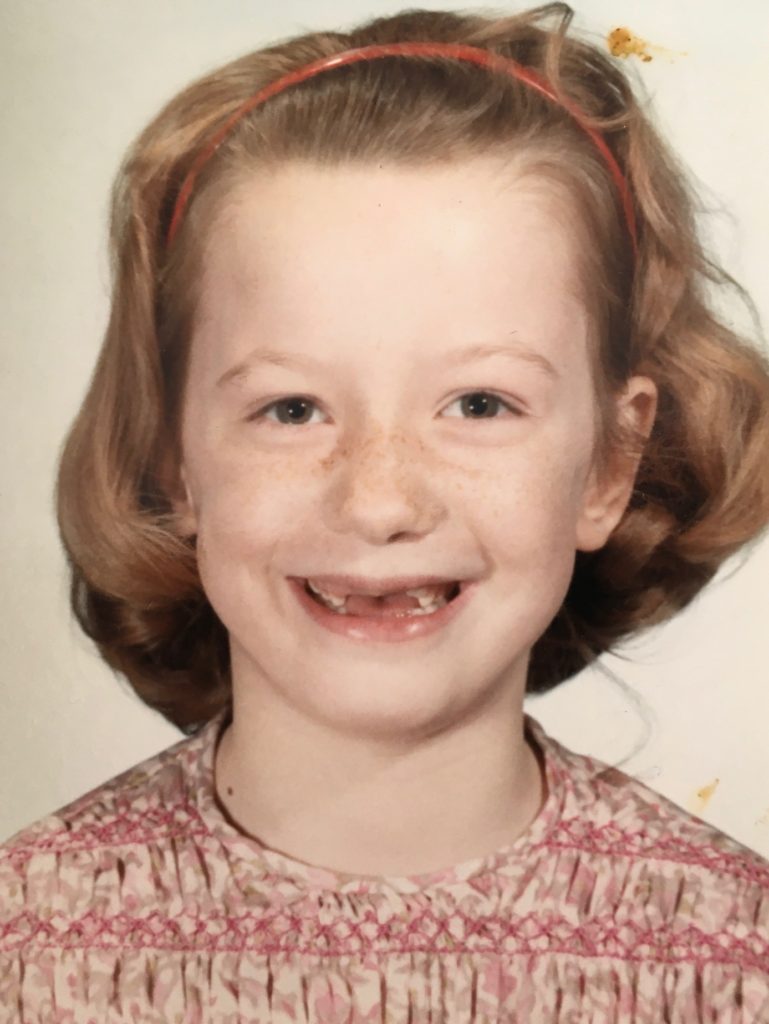
In kindergarten and first grade we made these open envelopes out of big pieces of construction paper. We glued the sides with globs of Elmer’s Glue and learned to cut out various-shaped hearts which we then used to decorate our mail slots. We eventually wrote our names with a chunky red Crayola Crayon, and taped our envelope carefully to the side of our desk. During the Valentine’s Party, we played mail carrier, delivering our carefully signed cards, merrily depositing our missives in each classmate’s pouch. By second and third grades, we had moved up to cheerfully decorated cereal boxes. Fourth grade we had finally arrived: construction-paper-covered shoe boxes.
For me, the Valentines preparations took several evenings seriously concentrating at the kitchen table, studying the class list and my little box of cards. I made special selections for my closest friends: Donna, Darlene, Dawn, Theresa, Dianna. Even more studied decisions for the boys–Larry, Robby, Chip—nothing could say “I Love You” or even “Would You Be My Valentine?” No way. I wanted nothing to be misunderstood. Even more scrutiny for Jimmy who since 1st grade regularly passed the timeless “Do you love me? ____yes or ___no?” to which I always responded with my own addition: “I like you as a friend.” I went over the cards and list again and again until I was satisfied.
The same twenty-five schoolmates traveled with me from Kindergarten, to First Grade, then Second. The same twenty-five children in little plaid dresses or little plaid shirts and jeans excitedly passed out their carefully addressed cards. Then we sat and opened the tiny envelopes, smiling at each other, occasionally blushing by something extra sweet.
We played our usual games: Bingo, Hang Man, Seven-up. One year we even had a pinata. Usually our teachers gave us a little box of conversation hearts, and we spent time sorting and eating those chalky treats. The ever-prepared “Room Mothers” supplied us with lots of sugar: chocolate cupcakes with white frosting dotted with red hots, red Kool-aide punch, popcorn balls. I bet our poor teachers had to “put their feet up” when they got home. (If only educators had known about red dye and its effects on behavior back then…)

I loved all the Charlie Brown specials, but “Be My Valentine, Charlie Brown” broke my heart. I always felt so sorry for Charlie Brown: his empty mailbox, his painful crush on the little red-haired girl, his predictable disappointment. I always hoped for the best for him: suddenly the Peanuts Gang would be kind. Perhaps this year would be different. His mailbox would be full. No more “You’re a blockhead, Charlie Brown.” At their Valentine’s party, the gang would surround his desk, shouting “You’re a great guy, Charlie Brown!” Sadly, that never happened.
I kept those sweet valentines close to me for many years. When I was sick or even cleaning my room, I often sat and looked through my little box of cards. Today, when my girlfriends and I vintage shop, I look for and often purchase a few little Valentines signed so carefully in thick pencil by a child fifty years ago, and I remember and appreciate the anticipation and effort it involved.
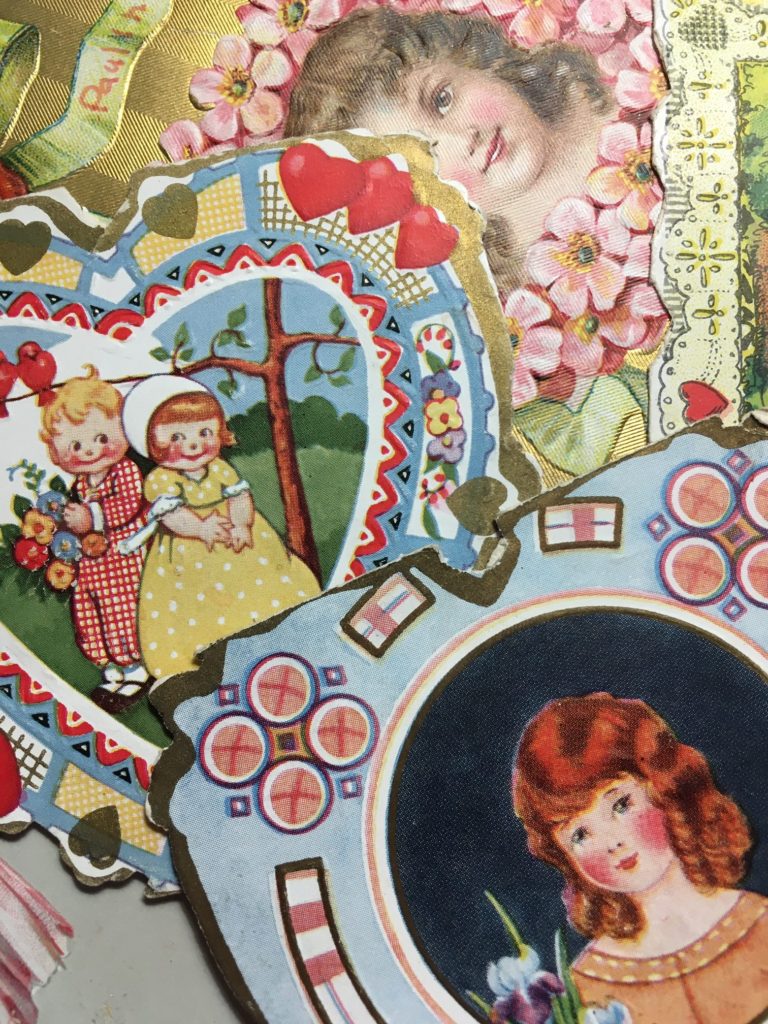
And I wouldn’t be surprised if there is still a faded, covered shoe box of Valentines from these dear ones of my past tucked in the closet of my childhood bedroom. When I take my mother’s Valentine to her this year in the old farmhouse, I’ll have to remember to check: I sure hope it’s still there.
It’s a Fine Life
By Kathleen Oswalt-Forsythe © January 23, 2020
